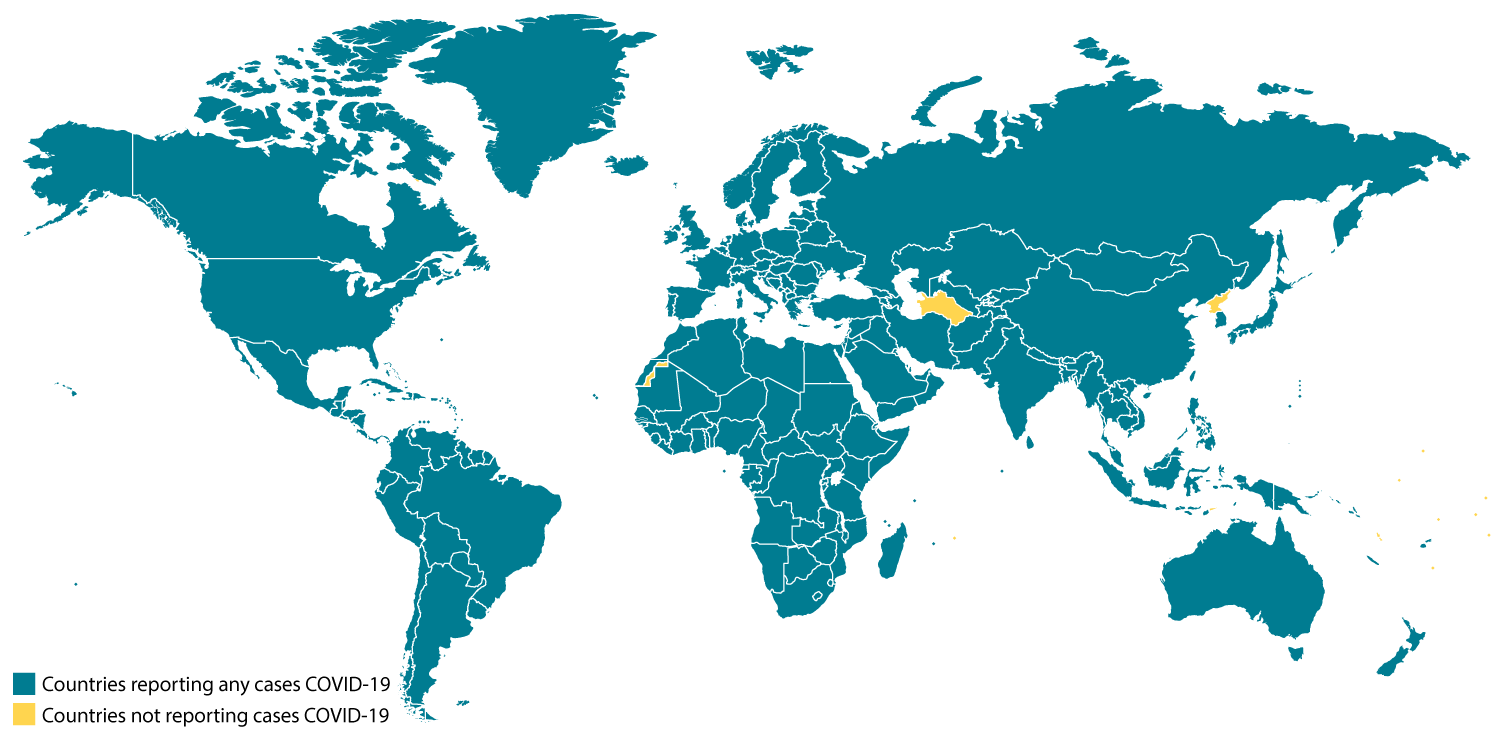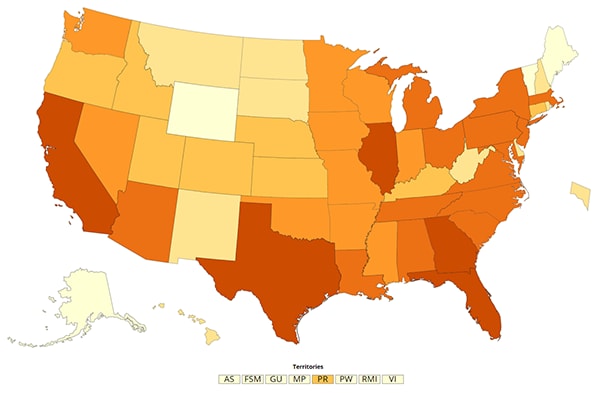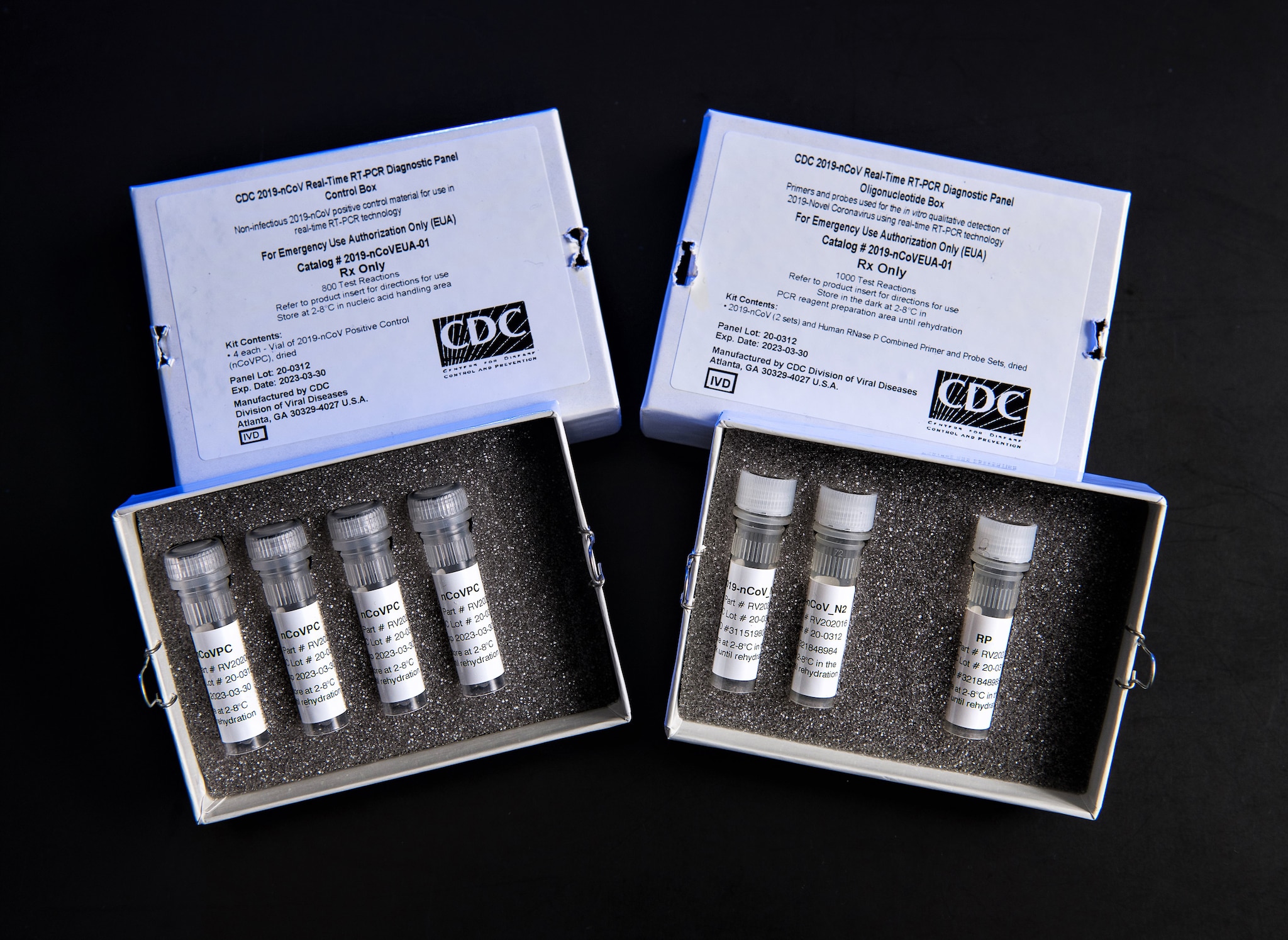CDC Officials Urging Public To Get Flu Shot Sooner This Year.
The Wall Street Journal (8/25, Mckay) reports that this year, CDC and other health officials are urging Americans to get the flu shot, which contains protection against three strains, most notably, H1N1, early. CDC Director Thomas Frieden stated, “I think last year will be a plus rather than a minus in terms of vaccine coverage,” and added that the agency is working on new technology that will allow vaccines to be produced faster. Nevertheless, CDC officials are aware that some people are still hesitant to get the vaccine because of concerns that it was not adequately tested, or because they believe H1N1 is not a major health threat.
(adapted from E.M.Today)
*********************************************************************
Promoting Prevention through the Affordable Care Act
NEJM | August 25, 2010 | Topics: Implementation, Public Health
Howard K. Koh, M.D., M.P.H., and Kathleen G. Sebelius, M.P.A.
Too many people in our country are not reaching their full potential for health because of preventable conditions. Moreover, Americans receive only about half of the preventive services that are recommended1 — a finding that highlights the national need for improved health promotion. The 2010 Affordable Care Act2 responds to this need with a vibrant emphasis on disease prevention. Many of the 10 major titles in the law, especially Title IV, Prevention of Chronic Diseases and Improving Public Health, advance a prevention theme through a wide array of new initiatives and funding. As a result, we believe that the Act will reinvigorate public health on behalf of individuals, worksites, communities, and the nation at large (see table) — and will usher in a revitalized era for prevention at every level of society.
Major Sections Related to Prevention in the 2010 Affordable Care Act.
First, the Act provides individuals with improved access to clinical preventive services. A major strategy is to remove cost as a barrier to these services, potentially opening new avenues toward health. For example, new private health plans and insurance policies (for plans or policy years beginning on or after September 23, 2010) are required to cover a range of recommended preventive services with no cost sharing by the beneficiary. These services include those rated as “A” (strongly recommended) or “B” (recommended) by the U.S. Preventive Services Task Force (USPSTF), vaccinations recommended by the Advisory Committee on Immunization Practices (ACIP), and preventive care and screening included both in existing health guidelines for children and adolescents and in future guidelines to be developed for women through the U.S. Health Resources and Services Administration (HRSA). Examples of covered services include screening for breast cancer, cervical cancer, and colorectal cancer; screening for human immunodeficiency virus (HIV) for persons at high risk; alcohol-misuse counseling; depression screening (when systems are in place to ensure accurate diagnosis, effective treatment, and follow-up); and immunizations.
The prevention theme also affects individuals covered by public insurance programs. A number of policy changes will be phased in over time. For example, starting January 1, 2011, Medicare will cover, without cost sharing, an annual wellness visit that includes a health risk assessment and a customized prevention plan. Full coverage of many USPSTF-recommended services will also be available under Medicare with no cost sharing. Similarly, in 2013 and beyond, state Medicaid programs that eliminate cost sharing for preventive services recommended by the USPSTF or ACIP may be eligible for enhanced federal matching funds for providing those services.
Second, the law promotes wellness in the workplace, providing new health promotion opportunities for employers and employees. For example, the Act authorizes funds for grants for small businesses to provide comprehensive workplace wellness programs. The law also requires the secretary of health and human services to assess existing federal health and wellness initiatives and directs the Centers for Disease Control and Prevention (CDC) to survey worksite health policies and programs nationally.
Third, the Act strengthens the vital role of communities in promoting prevention. New initiative opportunities are designed to strengthen partnerships between local or state governments and community groups. For example, new Community Transformation Grants promise to improve nutrition, increase physical activity, promote smoking cessation and social and emotional wellness, and prioritize strategies to reduce health care disparities. Also, in further recognition that immunization is a foundation for public health, the Act authorizes states to use their funds to purchase vaccines for adults at federally negotiated prices. Grants for states will also support demonstration projects to improve vaccination rates.
Fourth, the Act elevates prevention as a national priority, providing unprecedented opportunities for promoting health through all policies. For example, a newly established National Prevention, Health Promotion, and Public Health Council, involving more than a dozen federal agencies, will develop a prevention and health promotion strategy for the country. The council will build on the foundation of preceding prevention initiatives, such as Healthy People (which has set the country’s health promotion and disease prevention agenda for the past 30 years),3 as well as efforts of expert groups such as the USPSTF, the Community Preventive Services Task Force, and the ACIP. A new Prevention and Public Health Fund, with an annual appropriation that begins at $500 million in fiscal year 2010 and increases to $2 billion in fiscal year 2015 and beyond, will invest in a range of prevention and wellness programs administered by the Department of Health and Human Services. Initial funds have already been invested in strengthening public health infrastructure, prevention research, surveillance, integration of primary care into community-based behavioral health programs, HIV prevention, obesity prevention, and tobacco control. Reinvigorated planning will also involve a national strategy to improve the quality of health care, improved data collection on health disparities,4 and authorization of a host of other new programs. Most newly authorized programs await appropriations and future funding as available through the annual budget process (exceptions are noted in the table).
The Act authorizes heavy investment in bolstering a primary care workforce that can promote prevention. For example, the law appropriates up to $1.5 billion for the National Health Service Corps between fiscal years 2011 and 2015 to place health care professionals in underserved areas, complementing other new investments for community health centers administered through HRSA. To guide future placements of health care professionals, a new National Health Care Workforce Commission will analyze needs.
Since tobacco dependence and obesity represent substantial health threats, the Act addresses these specific challenges in a number of ways. For example, the directives for the new health plans established after September 23, 2010, also include coverage, with no cost sharing, of tobacco-use counseling and evidence-based tobacco-cessation interventions, as well as obesity screening and counseling for adults and children. Starting this year, pregnant women on Medicaid will receive coverage, without cost sharing, for evidence-based tobacco-dependence treatments; in 2014, states will be forbidden from excluding from Medicaid drug coverage any pharmaceutical agents for smoking cessation, including over-the-counter medications, that have been approved by the Food and Drug Administration. To promote healthy weight for populations, the Act appropriates funds for fiscal years 2010 through 2014 for demonstration projects to develop model programs for reducing childhood obesity. And on the policy front, menu-labeling provisions require the disclosure of specified nutrient information for food sold in certain chain restaurants and vending machines. Collectively, these complementary actions in the clinic and the community will benefit individuals as well as populations.
In short, to prevent disease and promote health and wellness, the Act breaks new ground. We believe the law reaffirms the principle that “the health of the individual is almost inseparable from the health of the larger community. And the health of each community and territory determines the overall health status of the Nation.”3 Moving prevention toward the mainstream of health may well be one of the most lasting legacies of this landmark legislation.
This article (10.1056/NEJMp1008560) was published on August 25, 2010, at NEJM.org.
Disclosure forms provided by the authors are available with the full text of this article at NEJM.org.
Source Information
Dr. Koh is Assistant Secretary for Health, and Ms. Sebelius is the Secretary for Health and Human Services, Department of Health and Human Services, Washington, DC.
References
1. McGlynn EA, Asch SM, Adams J, et al. The quality of health care delivered to adults in the United States. N Engl J Med 2003;348:2635-2645
2. The Patient Protection and Affordable Care Act, P.L. 111-148, 23 March 2010.
3. Koh HK. A 2020 vision for healthy people. N Engl J Med 2010;362:1653-1656
4. Siegel B, Nolan L. Leveling the field — ensuring equity through national health care reform. N Engl J Med 2009;361:2401-2403





